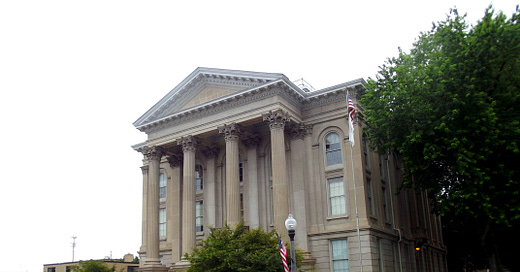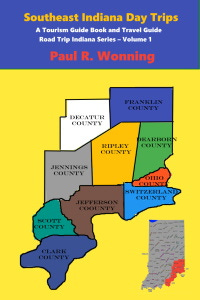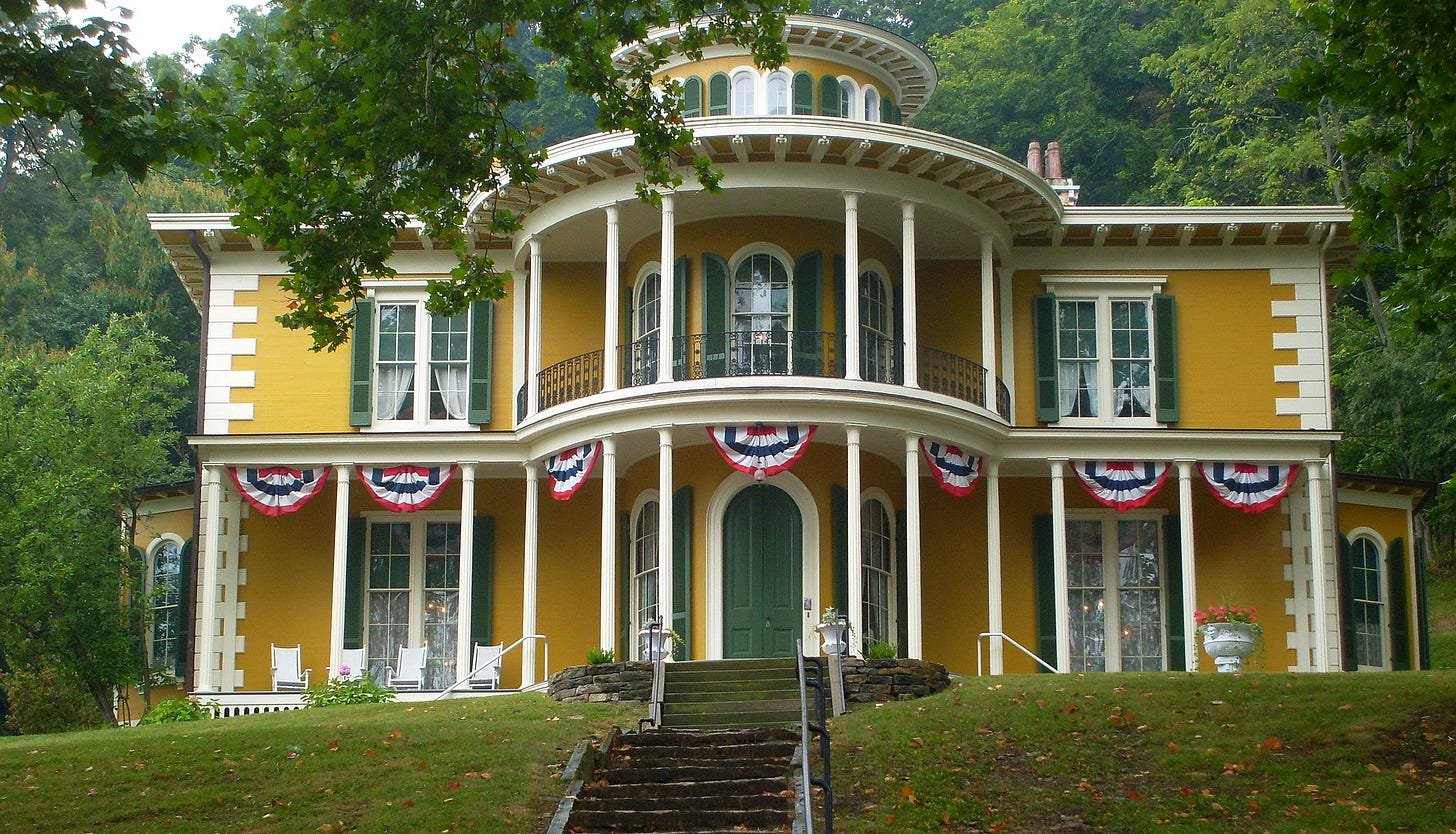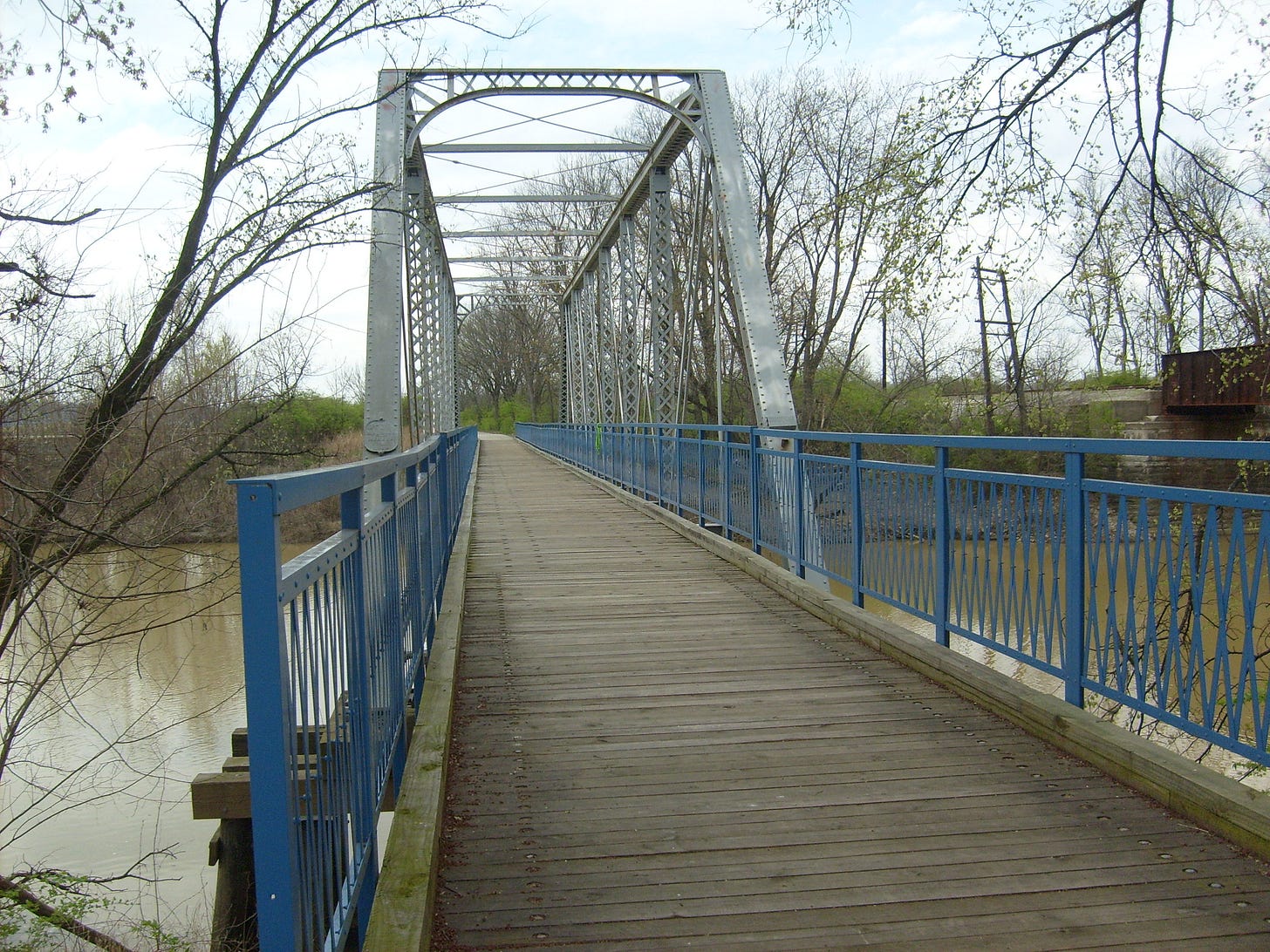Road Trip Indiana - Destination Dearborn County
Travel in Southeastern Indiana
Dearborn County
The third oldest county in Indiana, Dearborn County resides comfortably along the shores of the Ohio River, which forms its eastern boundary with Kentucky. Ohio County lies to the south, Ripley to the west and Franklin County to the north.
Thumbnail History
Dearborn County, Indiana was formed in 1803, thirteen years before Indiana became a state. It was named for Dr. Henry Dearborn, a Revolutionary War hero who was Secretary of War when the county was named.
Dr. Henry Dearborn (Feb. 23, 1751-June 6, 1829)
The son of Simon Dearborn and his wife Sarah Marston, Henry was a native of Hampton, Massachusetts. After attending local schools, Dearborn studied medicine under Dr. Hall Jackson of Portsmouth. After his apprenticeship to Dr. Hall completed, he opened a medical practice in 1772. After hostilities broke out in 1776, he recruited a company of militia and served as its captain. He and his company traveled to Bunker and took part in the fight there. His action in the Revolutionary War included the Quebec campaign with Benedict Arnold, winter encampment at Valley Forge, the Battle of Monmouth and many others. President Jefferson appointed him Secretary of War at the beginning of his term in 1801. He served the entirety of Jefferson's term in that capacity.
Hillforest Historic Mansion
Located in Aurora, Indiana, Hillforest sits on a bluff overlooking the Ohio River. Designed by architect Isaiah Rogers and constructed by industrialist and financier Thomas Gaff in 1855, Hillforest Mansion sits astride a hill that affords a majestic view of the Ohio River.
Thomas Gaff (July 8, 1808 - April 25, 1884)
The son of James and Margaret Wilson Gaff, Thomas was native to Edinburgh, Scotland. His father, a paper maker, moved the family to Springfield, New Jersey. Gaff received his education in private schools and learned papermaking from his father. An uncle, Charles Wilson, taught him the distilling business. Thomas and his brother James founded a distillery in Philadelphia. In 1843, the brothers moved their operation to Aurora, Indiana. Their distillery, called the T & J.W. Gaff & Company Distillery, produced bourbon, rye, and Thistle Dew Scotch whiskey. The business thrived and their business empire expanded to include the Crescent Brewing Company, a Nevada silver mine, farming operations and many others. The Gaffs also owned a fleet of steamboats that they used to transport their various products on the rivers.
Isaiah Rogers (August 17, 1800 – April 13, 1869)
The son of Isaac and Hannah Ford Rogers, Isaiah was native to Marshfield, Massachusetts. A student of famed Massachusetts architect Solomon Willard, Isaiah became a leading architect in the United States. He designed structures in Mobile, Alabama, Boston, New York City, Louisville, Kentucky, and Cincinnati, Ohio. His designs included Boston's Tremont House, New York's Astor House and the Burnett House in Cincinnati.
Hillforest Historic Mansion
Situated on ten acres of land overlooking the Ohio River, Gaff lived in the home until his death in 1884. The Gaff family retained ownership of the home until furniture manufacturer Will Stark purchased the home in 1924. The local chapter of the Veterans of Foreign Wars owned the home, using it as a meeting place, until a group of local citizens purchased the home in 1955. Organizing as the Hillforest Historical Foundation, the group restored the home and opened it for public tours in 1956. The National Historic Landmark Program listed it as a National Historic Landmark in 1992. The restored home is open for tours from April 1 until December 30. The home was designated a National Historic Landmark in 1992.
213 Fifth St
Aurora, Indiana
812-926-0087
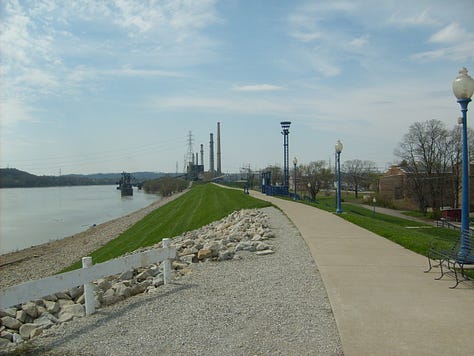

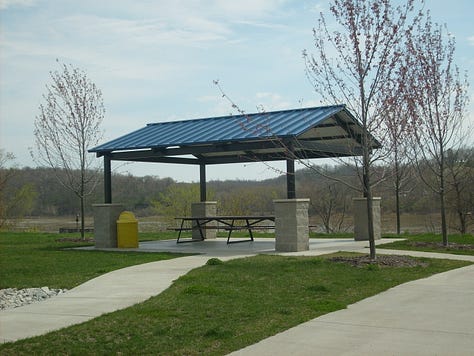
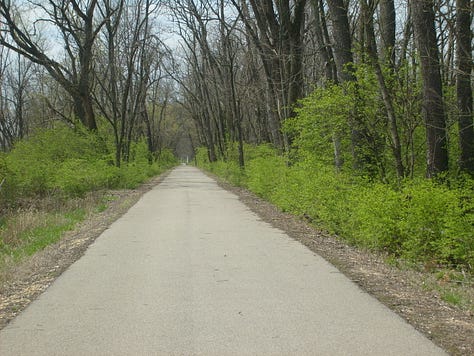
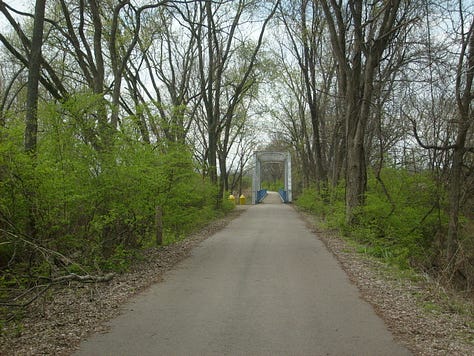
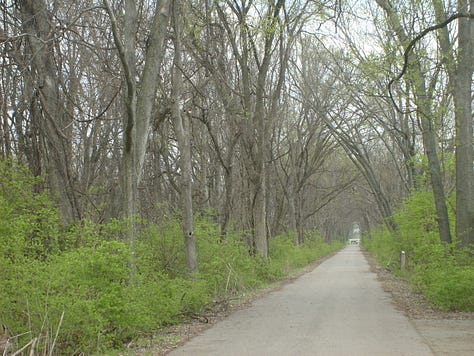


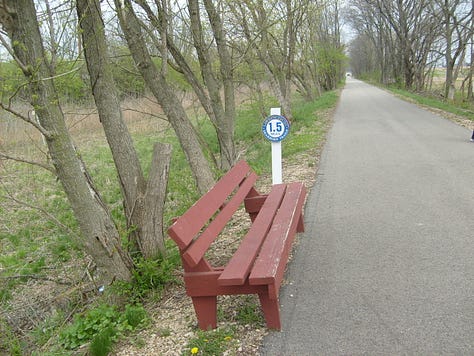
Dearborn Trails – Aurora – Lawrenceburg – Greendale Indiana
Winner of the Mid America Trails and Greenway Award in 2007, Dearborn Trail spans three river cities waterfronts on the Ohio River. The trail is about 4.5 miles in total length one-way. Most of the trail is paved and is open year round. The trail connects Greendale, Lawrenceburg and Aurora, Indiana. It begins at the intersection of East William and High Street in Greendale. Dearborn Trail ends in Lesko Park in Aurora, Indiana near Indiana State Road 56. For much of its length it overlooks the Ohio River. The trail uses a restored railroad bridge to cross Tanner's Creek. Hikers and bikers will find benches at various points along the trail. Lesko Park has restrooms, picnic areas and benches. Downtown areas of Greendale, Lawrenceburg and Aurora are a short walk from the trail. An active rail line, the CSX, parallels the trail. The section between Aurora and Lawrenceburg is wooded. Hikers and bikers may see deer, beaver, foxes, waterfowl and shorebirds in this rich wetland area.
Tanners Creek Bridge
The Cincinnati and Southern Ohio River Railway constructed the bridge in 1872. Athens Pennsylvania bridge builder Kellogg & Maurice Bridge Company designed and constructed the bridge. Railroads that have used the bridge include:
Big Four
Cleveland, Cincinnati, Chicago & St. Louis Railway (CCC&StL)
New York Central Railroad (NYC)
Penn Central Railroad (PC)
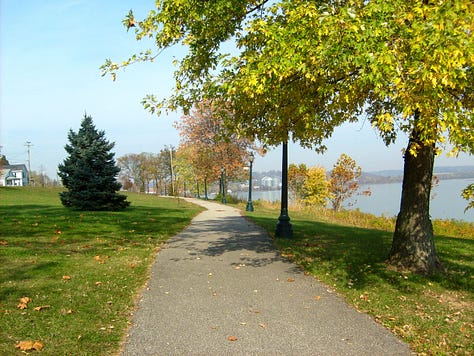
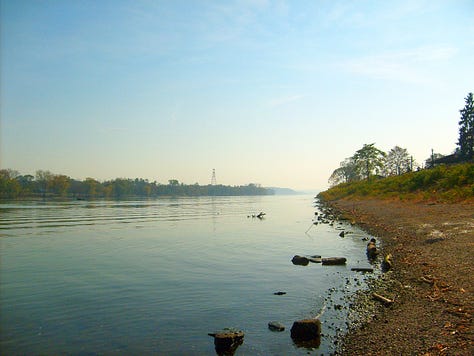
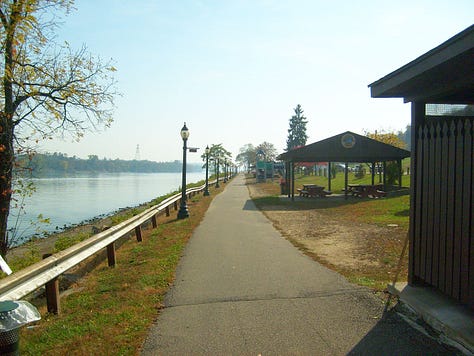
Lesko Park, Aurora, Indiana
Lesko Park occupies a grassy, landscaped strip along the Ohio River waterfront. There are three parking areas strung along Indiana State Road 56 just west of downtown Aurora. River access for boats is nearby using the Aurora Landing just off Judiciary Street. The park derives its name from Aurora Clerk-Treasurer Tony Lesko.
Lesko Ohio River Park features a wide, asphalt walkway which is about a mile long. The walkway provides a great way to get a bit of exercise after a picnic lunch. It is an easy hike along the river. Visitors will find restrooms, playgrounds, picnic shelters and a wonderful vista of the Ohio River. The park provides access to the ten-mile long Dearborn Trail that hugs the Ohio River shoreline to Lawrenceburg.
Great vistas of the Ohio River can be found all along the park's trail. You can watch barges and boats ply the waters as well as sight waterfowl feeding in the waters.
Indiana State Road 56
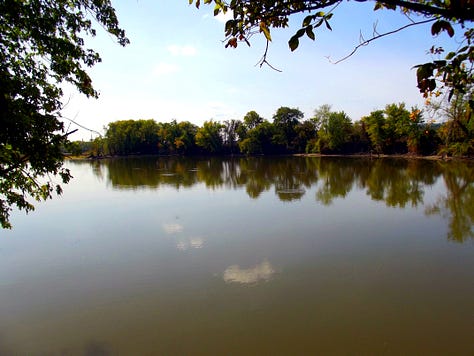


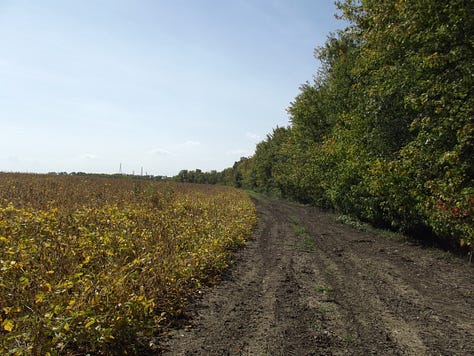
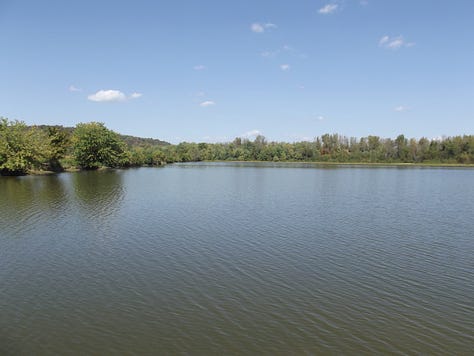


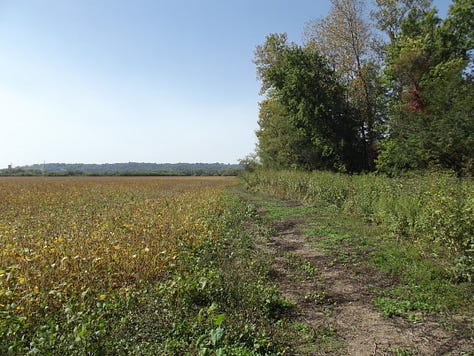
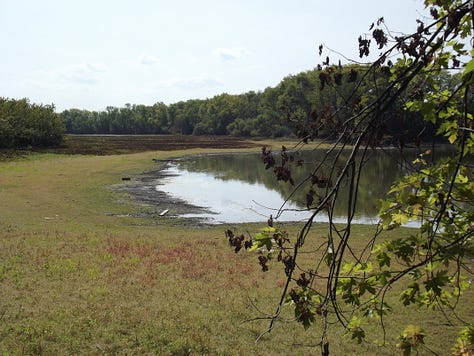
Oxbow
The Oxbow is a broad floodplain where the Great Miami River empties into the Ohio. This area where three states - Ohio, Indiana, and Kentucky - come together, is near Lawrenceburg, Indiana, seventeen miles downstream from Cincinnati.
Waterfowl Staging Area
The Oxbow is a heavily-used staging area where migrating birds refuel and rebuild their energies. The area is essential to their success on long flights between distant northern breeding grounds and southern wintering areas. Without the Oxbow these migrants might reach their northern nesting areas without the reserve strength essential to raising new broods of healthy young birds.
To Get there
To get to the upper Oxbow parking area go south on US Hwy 50 from the I-275 #16 exit. In about 200 yards, turn left (east) at the edge of the Shell/Subway and go over the levee to the front of the cement plant. Turn right and go to the Oxbow entrance sign. Turn left into the Oxbow. The upper parking area is immediately on the right.
Oxbow, Inc
P. O. Box 4172
Lawrenceburg, IN 47025
513-948-8630
© 2023 Paul Wonning
Take a fun tour through the rich history of Indiana using Southeast Indiana Day Trips as your guidebook. This tourism guide will help you plan road trips to discover interesting places to visit and enjoy. Readers will learn about the many things to do in Southeastern Indiana. The book includes museums, State and local parks, cities and town, wineries and much, much more. The book includes the tourism bureau contacts for each of these 11 southeastern Indiana counties.
Clark County
Dearborn County
Decatur County
Franklin County
Jefferson County
Jennings County
Ohio County
Ripley County
Scott County
Switzerland County
Clark County


